It takes more work than you might think
I am a coffee fanatic, but I’m no barrister and I never bothered to learn what’s involved in making a truly fine cup. I have been using Keurig and then Ninja drip machines over the past few years, and both were acceptable. But if I wanted a drop dead fantastic coffee, I needed to learn the art. It turns out that the coffee world is almost as complicated as wine.
What follows is a summary of the key points. I only focused on drip machines and skipped the less popular alternatives, like French press, aeropress, or pour over — if you’re using these, you probably know more about coffee than I do. I should also mention that, if you’re all about convenience and price, you should probably read something else.
Use whole beans
Buying pre-ground is a mistake — you must start with whole beans. Coffee’s flavor and freshness peak quickly and decline in a few days, even if it’s whole bean. So, you can imagine how much pre-ground coffee degrades while sitting in your pantry for weeks, not to mention the months that it sat on the grocery shelf before you bought it.
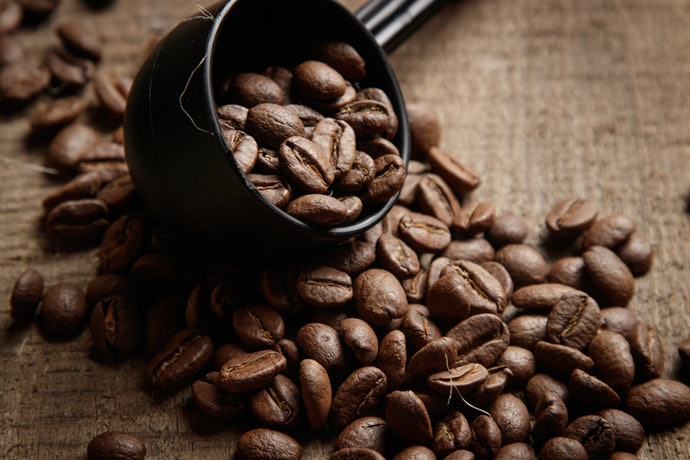
And buy fresh roasted
Starting with just any bean won’t get you to coffee heaven — your beans should be used within a month of roasting. That means two things — you can’t buy them in bulk, and you have to check the label for the roasting date.
Your grocery store is not likely to stock freshly roasted beans. In fact, many coffees brands don’t even provide the roasting date, which tells you something about their age.
So, you’re pretty much left with specialty stores or you can buy them on-line. You might consider a coffee bean subscription — it’s a good way to learn more about different styles of beans and find ones you prefer.
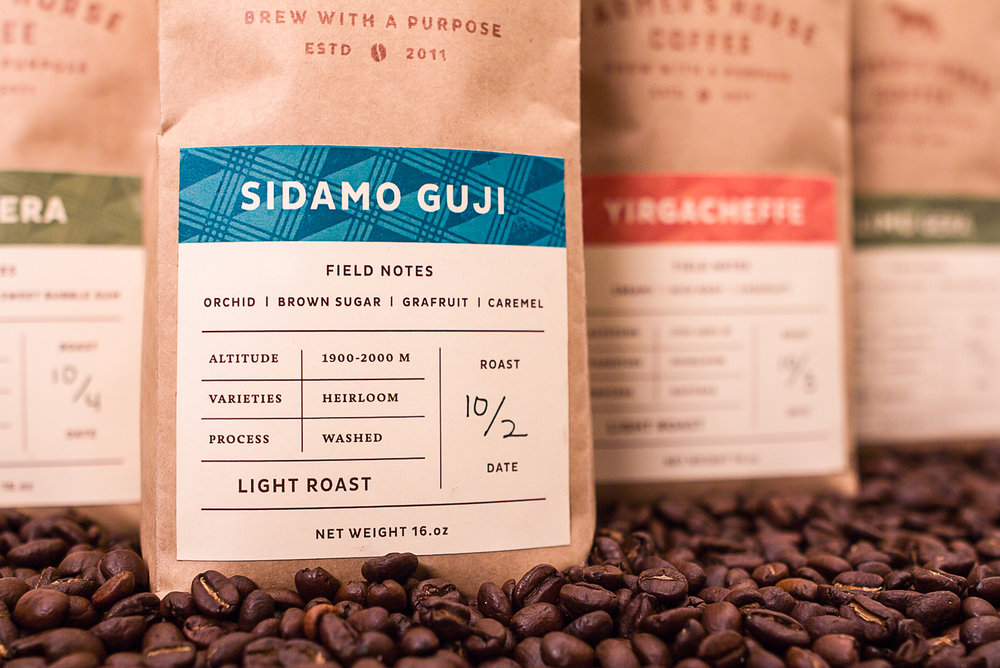
Store them properly
Store your beans in an air-tight container in a dark place and, most importantly, don’t store them in the refrigerator or freezer — coffee beans are porous and can absorb food odors and moisture in the cold.
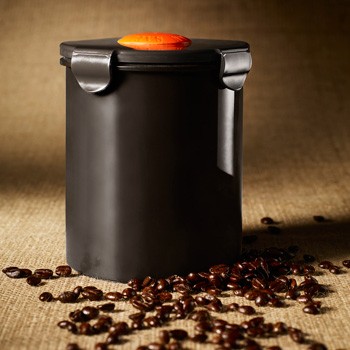
Get the right grinder
Only grind your coffee as needed, and brew within 30 minutes of grinding. Don’t stock up by pre-grinding — if you’re doing that, you might as well just buy pre-ground coffee.
Grinding to the right consistency is essential — too coarse and your coffee will taste weak; too fine and it will taste bitter. While most drip coffee manufacturers recommend medium to medium-fine, it really depends on the type of coffee your making. Go to homegrounds.co for more than you’d ever want to know about proper grinding.
Get your hands on a burr grinder rather than a blade grinder. Burr grinders crush the beans rather than slice them, and produce an even-sized grind. They’re more expensive, but not exorbitantly so — on Amazon.com, burr grinders range from about $50 – $125 (vs. about $25-50 for blade grinders.) No need to go to the high end, but don’t be too cheap here.

Use the right water
Use lightly filtered water or bottled spring water, but definitely not distilled water or straight up tap water. Without getting too immersed in the details, water that’s overly-filtered (with all the minerals removed) or under-filtered (full of minerals) affects the taste and can damage your coffee maker. You want water that has a mineral balance of approximately 150 parts per million. Good luck working out that calculation.
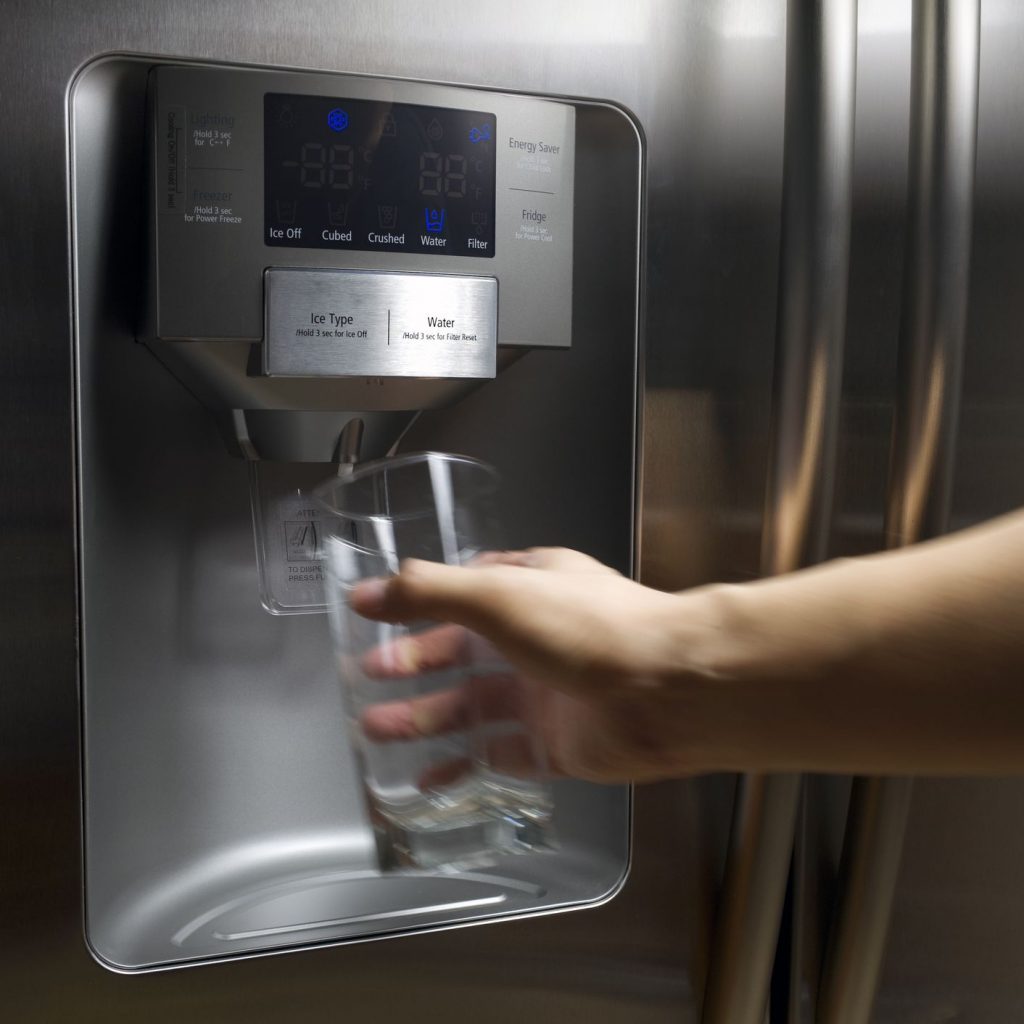
Use paper filters
Paper filters are recommended, but you have to use the right paper — you have a choice between bleached or unbleached. The former uses chemicals in the manufacturing process, but the latter can add a subtle paper taste to the coffee. The bleached versions are safe, but opt for those that are oxygen or chlorine-free bleached — of these, oxygen -bleached filters are a little more expensive.
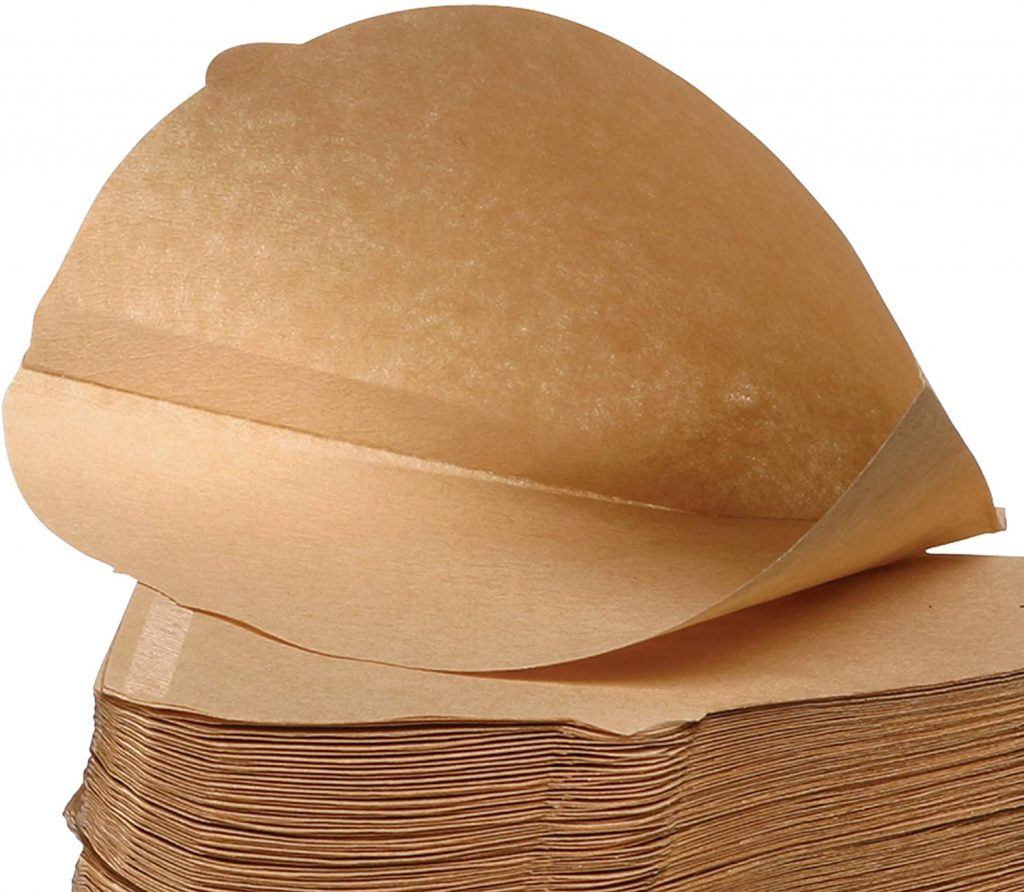
Measuring your grinds
The experts suggest that you weigh your coffee rather than use a scoop so you always use the same amount of grounds. If you’re so inclined, get a digital kitchen scale. For 6 ounces of coffee, you should use about 10 – 15 grams of grinds. If you can’t be bothered with that level of precision, and you probably shouldn’t be, 15 grams converts to about 2 level tablespoons — that’s about one scoop.
But any recommendation here is pointless. How many grams, tablespoons, handfuls you use, etc. depend on the types of beans you’re using and how strong you like your coffee. So, you probably have to experiment each time you try a different bean — start with two level tablespoons and adjust from there.
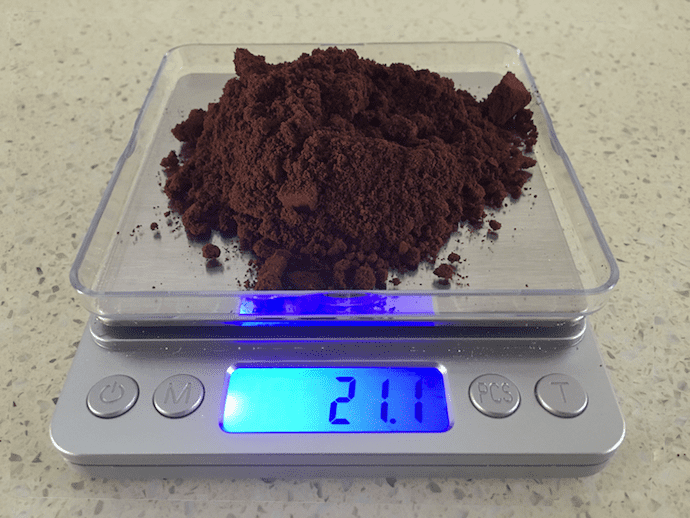
Clean your equipment
Coffee beans contain oil and leave a residue that affects the flavor. It’s recommended that you clean your storage containers and grinders every few weeks, and at least once a month run a strong solution of vinegar and water through your coffee maker to dissolve any mineral deposits.

Pre-infuse the grounds
Most drip coffee makers don’t properly prepare the coffee grounds for full extraction. You’re supposed to pre-infuse your grounds to get the “bloom”, the maximum extraction of flavor. To pre-infuse your coffee, insert a filter into the hopper and add your coffee grounds. Then use a kettle to preheat roughly quarter-cup of water to just below boiling. Slowly pour the heated water over the grounds, making sure they’re thoroughly wetted. Let this sit for approximately 45 seconds, then start your brewing.
The Ninja drip machines do this as part of the normal brewing process, which is a good thing because there’s no way I would bother.
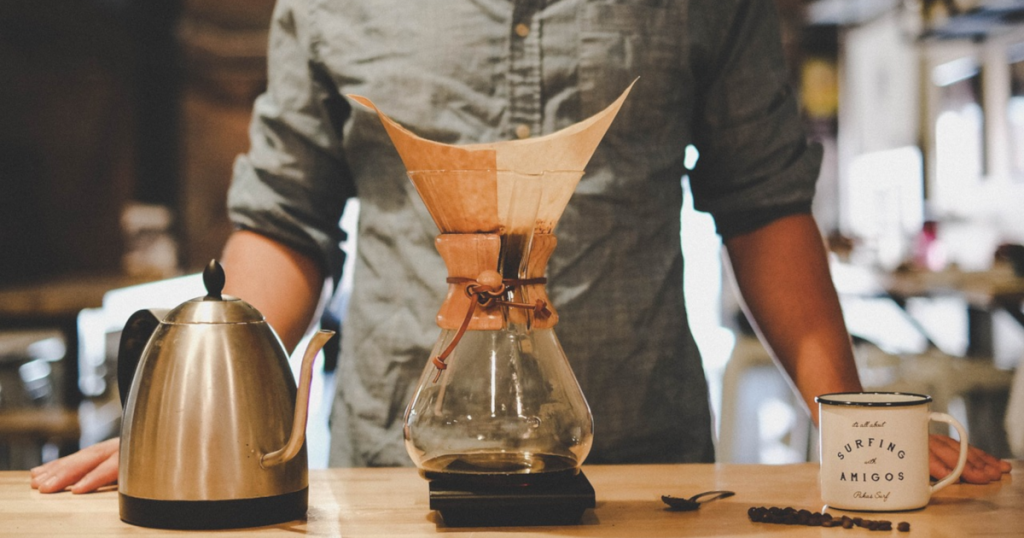
Brewing Temperature
Drip coffee should be brewed at about 200 degrees Fahrenheit — many good coffee makers regulate this automatically. To make sure your coffee maker gets hot enough, run it without any coffee and use a thermometer to measure the temperature. If it never reaches at least 195 degrees Fahrenheit, you might want to upgrade your equipment. However, you do not want to exceed 205 degrees — water that is too hot will make your coffee bitter.
Again, something I won’t be doing.
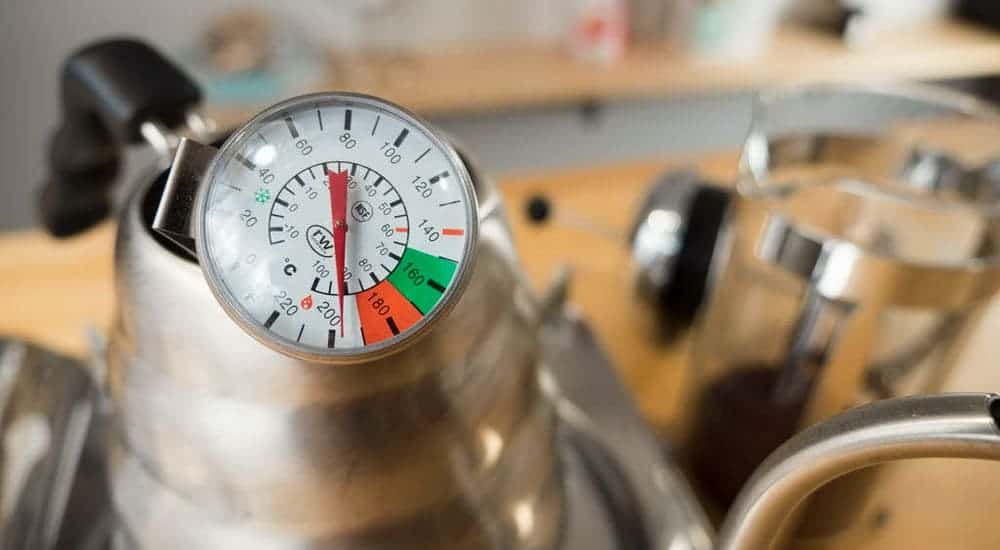
Use the right beans
There are a few things to keep in mind here. First, you want to opt for single origin rather than blended beans. It’s’ not that you can’t find good blends, but you’ll learn more about what regions you prefer with single origin beans. And while the price is a little higher, consider yourself worth it.
Second, there are two primary types of beans, Robusta and Arabica. You should opt for the latter –robusta are cheaper to grow and have a higher caffeine content, but they can’t compare to Robusta on taste.
Then you have to think about geography and climate because these play a role in the quality and taste of coffee. As a general rule, the best beans come from the Equatorial zone, aka the “coffee belt”. Within this zone, there are three basic regions, each offering different flavor profiles.
The map below, provided by Torch Coffee Roasters, gives you an idea of what you can expect from different countries in each region. (go to torchcoffee.com for a larger version of this map.)
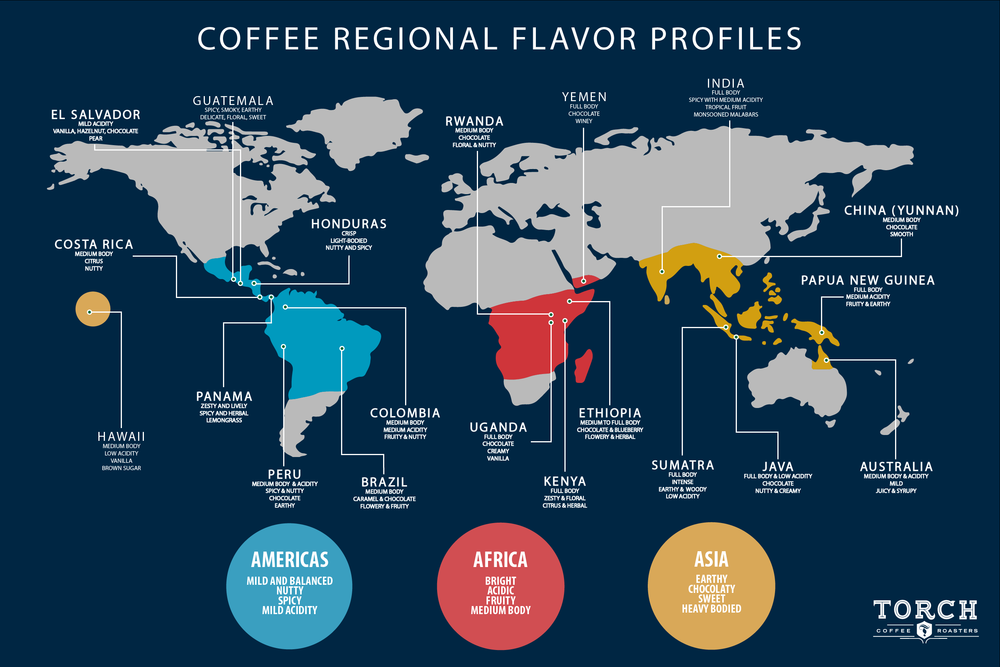
We won’t recommend specific regions or brands, since that’s a personal taste thing, and you’ll have to figure that out for yourself by experimenting.
Still, it might be fun to see just how crazy things can get in the coffee world. You can find great coffee for about $10-$15 per pound, and then you can go way over the top. Here’s five of the most expensive coffees in the world — we’ve included their websites, in case you’d like to place an order.
Ospina Coffee Dynasty Grand Cru ospinacoffee.com
From Columbia, the oldest coffee in the world, with prices ranging from $120 – $770 — and that’s only for 8.8 oz.
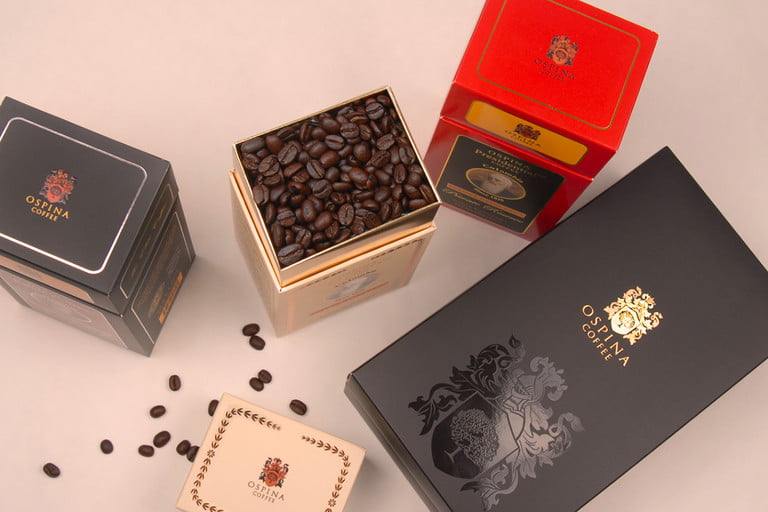
Hacienda La Esmeralda haciendaesmeralda.com
From Panama, ranging from $100 – $600 per pound
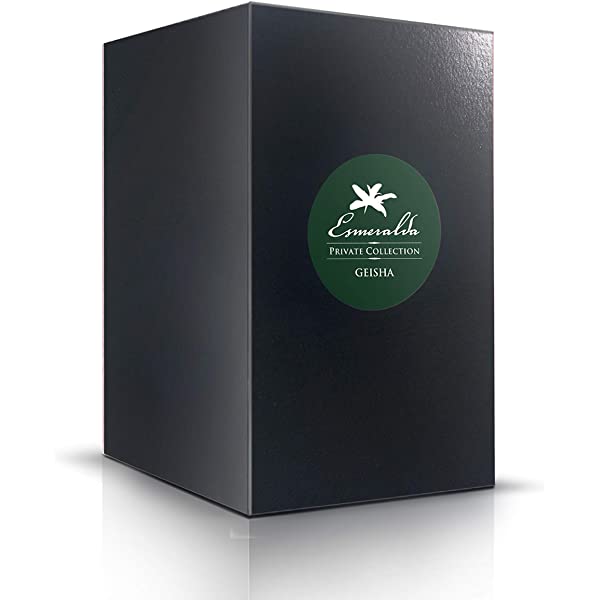
Kopi Luwak bachacoffee.com
Kopi Luwak is also known as civet coffee and comes from southeast Asia. The palm civet, a catlike mammal eats coffee cherries and the defecated beans are collected and harvested into coffee.
A pound goes for about $600.

Black Ivory Coffee — blackivorycoffee.com
In Thailand, elephants do the job of civet cats. Cost ranges from $800 — $1500 per pound.
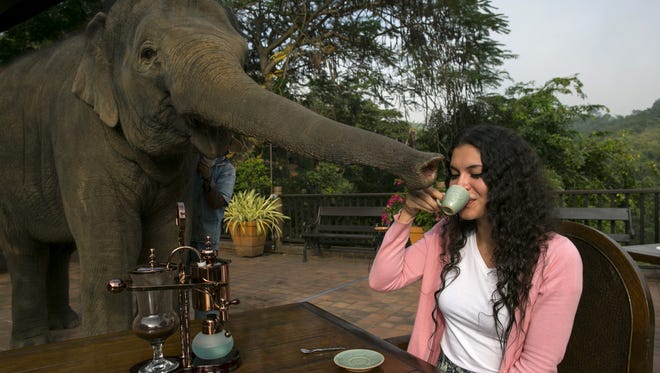
In the final analysis, you could avoid all this work, drive to your local Starbucks. You’ll probably get home in less time than it would take to make a great cup of coffee.







